Here Is The Ultimate Buyers Guide For The Honda Integra Type R (DC2)
Integra is a model that has worked wonders for the brand since its inception. However, in its third generation, things started getting a lot more interesting as Honda introduced the Type R variant in 1995 for the Japanese market. With improved performance and handling over the standard Integra, right swipes were all the cars received from the public.
Published February 5, 2024

While TV shows have represented Japanese people to be peculiar, the automotive industry has proved that to be wrong as they’ve always come up with ideas that other manufacturers don't dare to go close to. The Honda Integra Type R debuted in the year 1995 but unlike the JDM variant, the US received a slightly detuned version. However, that didn't affect the sales in any way as the car was tuner-friendly and people started pushing the power to upwards of 200 HP using aftermarket components. While it is possible to find a used Honda Integra Type R in decent condition for as low as $20,000, there are certain things to know and be aware of.
10. Was it Honda or Acura that made the Integra Type R?
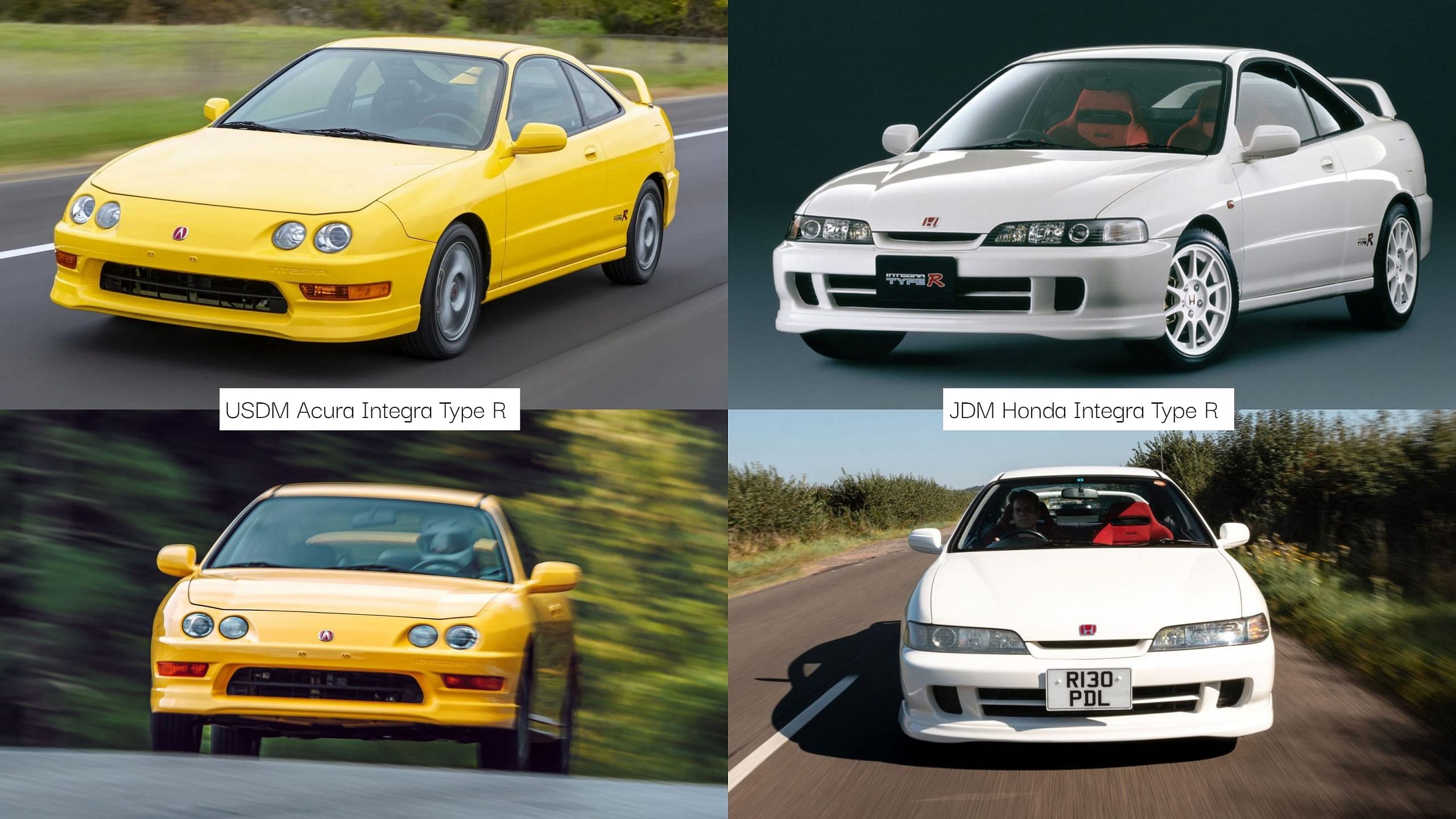
Regardless of whether you see the car wearing a Honda badge or an Acura badge, they are the same car. Honda chose to market the Integra Type R under their sub-brad Acura for the US market with a refreshed face to overcome the psyche of people not wanting to spend a lot of money on a Honda. This proved to be a great strategy as the Acura Integra Type R even managed to capture the audience who generally wouldn't lean towards a car with a Honda sticker on it.
9. Hear what the car has to say
Unusual noises from the car while driving or while idling should immediately raise concerns, especially for a car this old. Although the reasons for noise may vary, it is important to identify the source as certain fixes can leave you broke. Some common noises are a rattle from underneath the car which can be caused by a loose heatshield on the exhaust, which in most cases is a simple fix. For the unlucky ones, you may get to hear a grinding noise when stepping on the clutch pedal. This could suggest that the gearbox bearings have worn out and that the car would need a complete transmission rebuild shortly.
8. The VIN/Chassis code is more than just numbers and letters
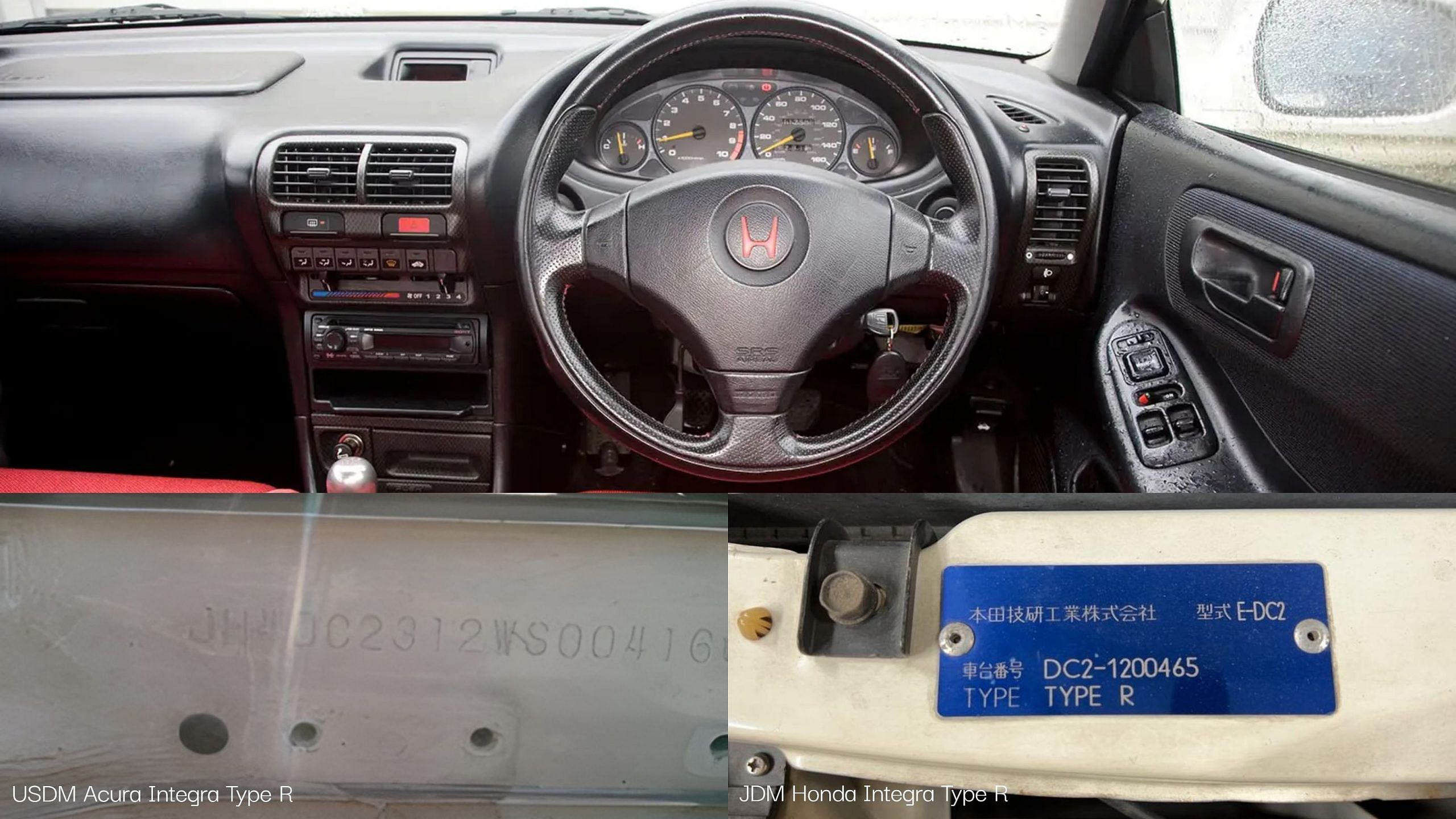
A VIN is a unique code given to every car that has been sold in the US market. A typical VIN on the Honda Integra Type R needs to look like “JH4DC231xSTxxxxxx”, where the J represents the country of origin (Japan) and the H represents the brand (Honda Motor Co. Ltd). Number 4 is Honda’s code to represent passenger vehicles while DC2 and number 3 denote the body, engine, and transmission that the car carries. All Type R Integra should have “1” as the eighth character in its VIN and the following figures represent the model year and factory code. However, if the car you're looking at has a code that looks like “DC2-1x0xxxx”, you've managed to find yourself a JDM import.
7. Smoking is injurious to health
This statement not only applies to humans but also to your Honda Integra Type R. The 8,400 RPM redline on the Type R resulted in these cars being driven to their limits, leaving a lot of stress on the engine and other components. This often causes the oil to burn, resulting in a white fume exiting from the tailpipe. It is recommended to get it checked as thick white smoke can mean that the head gasket has a leak or in the worst-case scenario, the engine block has a crack. However, do not panic when you see some smoke during ignition as it could just be from the condensation in the exhaust.
6. Service History
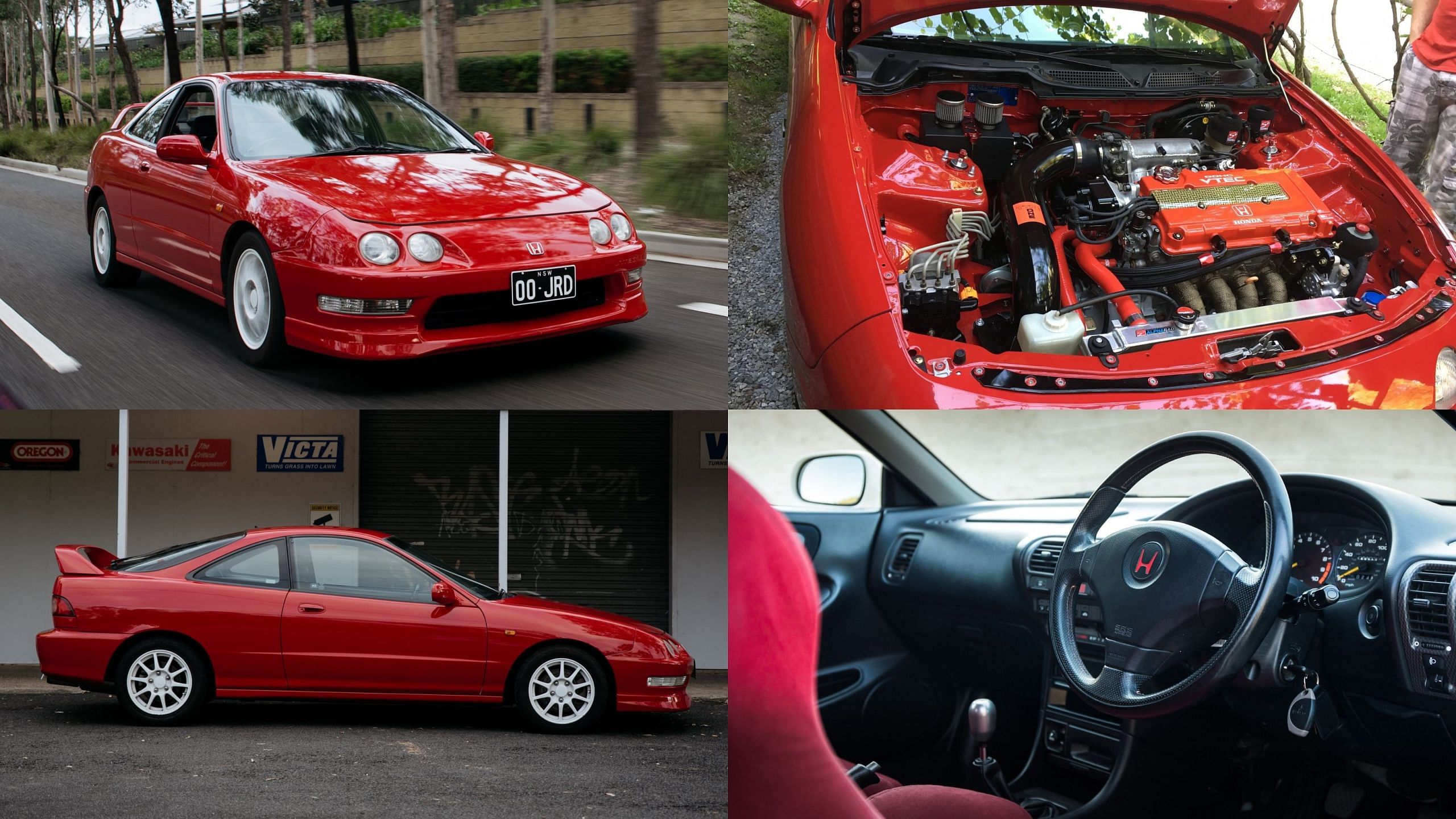
Despite being a performance vehicle, the Integra Type R is after all a Honda, and hence, the service and maintenance on these cars were rather simple. However, there are certain things to look for in the service history when picking up a Type R. According to Honda, the Timing belt and Water pump on this car are supposed to be replaced together every 9 years or 90,000 miles that the car runs. Honda also recommends using only OEM parts and if you notice an aftermarket Water pump, the car may likely struggle in terms of performance. Another thing to look for is the oil replacement that is recommended to be performed every 6,000 miles to keep the engine in a healthy condition.
5. Stay away from the fakes
The market for counterfeit and fakes has only increased over the years and this stays true even for the Honda Integra Type R. People often sell regular Integras with body kits and parts that make it look identical to a Type R but the cool part is that you need not worry as we’ve got you covered. Although a fake VIN plaque can be easily made, some aspects give away that you're looking at a fake Type R. Take a look at the subframe as the real Integra Type R comes with a thicker reinforced subframe with a tie bar mount, unlike the thinner one without any mounts like on the standard Integra. You might also find a Type R with a sunroof, but before you start drooling for it, Honda never made them and hence they must be avoided.
4. The 1999 Type R was once the most stolen car in America
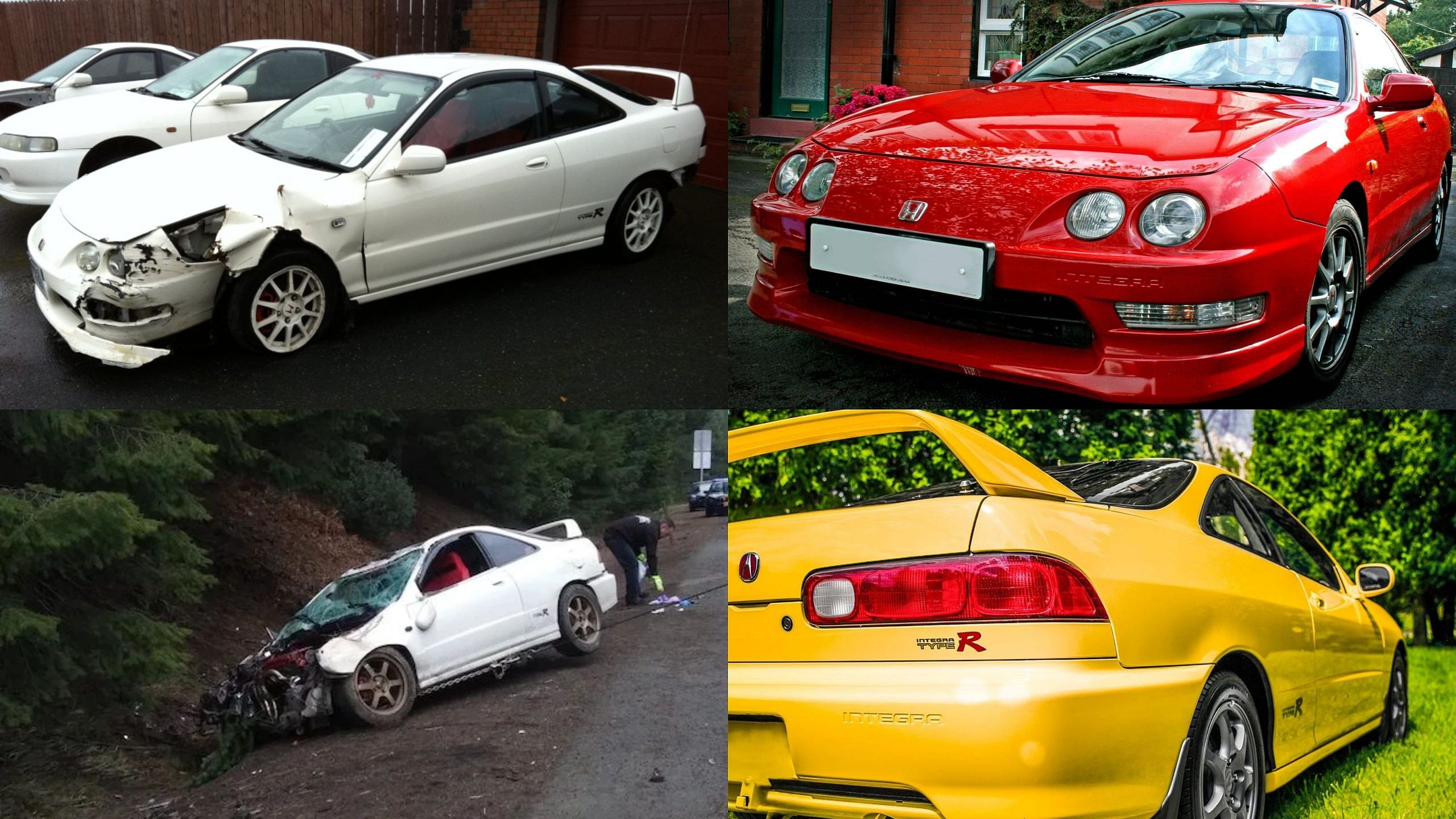
A car with a theft history isn't necessarily something that you should avoid as the right track records and clear documents could still make for a great deal. However, if driving as they stole it is what was up the thief's mind, it is highly likely that the car crashed and was patched back up to running condition. The front and rear bumpers of the car have “INTEGRA” written on the right-hand side and in case you don't find them, it may suggest that the owner has replaced the bumpers post a crash. Also, check for the welds in the engine bay as a shabby-looking weld spot can suggest that the front end was totaled and later fixed by a local mechanic.
3. Mods aren't necessarily a good thing
Some cars are modified to cover up a mess while other extreme performance upgrades can fail components like brakes, drivetrain, and even the engine. For such reasons, it is ideal to pick Type R’s with minimal mods done to them. Although it may be hard to find one in bone stock condition, a basic turbo or supercharger upgrade on an Integra Type R shouldn't bother you as the B18C engine comes equipped to handle additional boost.
2. Common oil leak spots on a DC2 Integra Type R
Oil leaks can be a simple fix if you're lucky but could also result in your wallet getting lighter if not. Some spots to look for in the Honda Integra Type R are the valve cover gasket, cam seal, VTEC solenoid gasket, oil pan gasket, and rear main seal. Although it isn't a common issue among owners, the Type R may result in oil leaks if the car was driven roughly for a long period.
1. 750 RPM at idle is the sweet spot
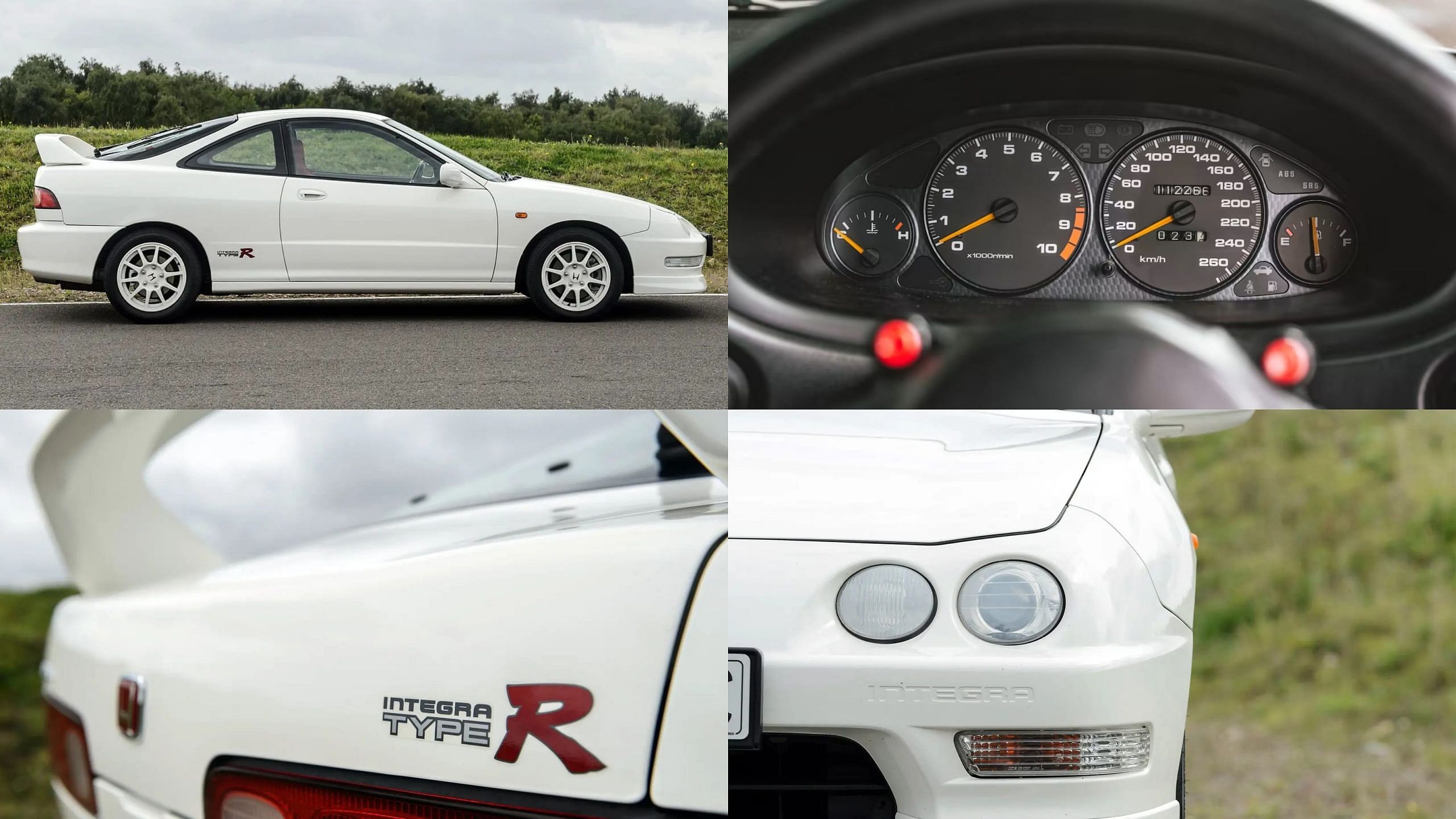
According to Honda, the Integra Type R should idle at 750 RPM (+ or - 50 RPM). The car may go all the way up to 1500 RPM immediately after ignition but as the engine warms up, it needs to sit closer to 750 RPM on the gauge. If the car idles at a higher or lower rate with the engine sounding like it's struggling, it could be due to various reasons but we do believe that if it's a simple fix, the owner would have fixed it before listing the car for sale.
Write a comment
Comments
No Comments Yet






